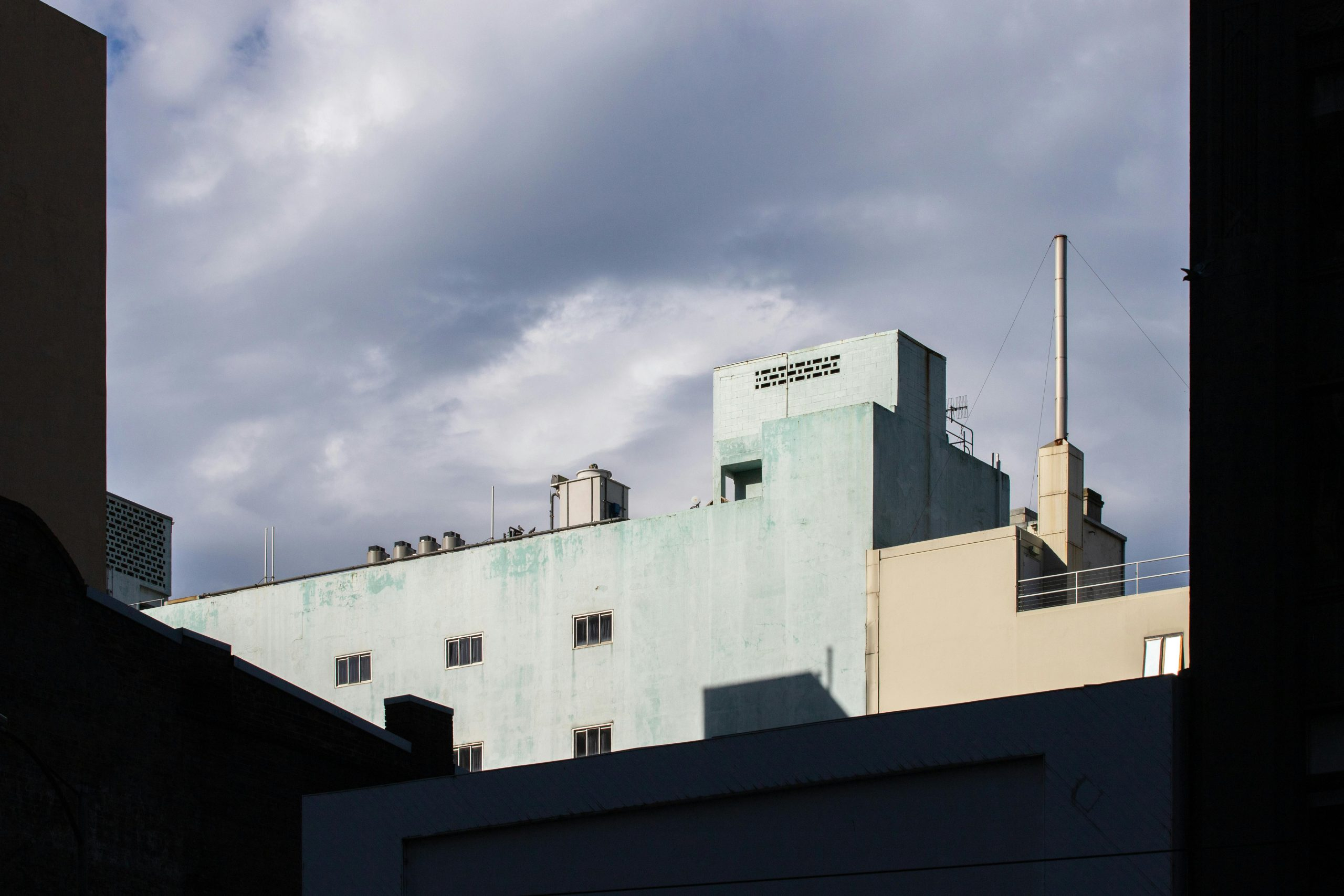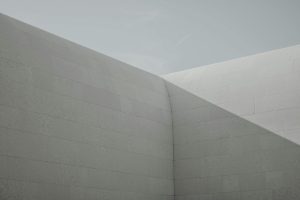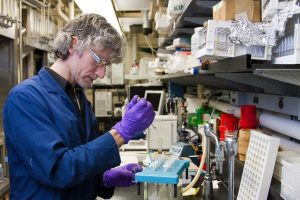Biophilic Design Boom: Vertical Forests and Rooftop Farms in Urban Centers
Imagine walking through a bustling city center, surrounded by skyscrapers and concrete buildings. Suddenly, you come across a towering structure adorned with layers of lush greenery and thriving gardens. This is not just a futuristic dream, but a reality that is quickly becoming more prevalent in urban centers around the world.
Biophilic Design Boom
The integration of nature in architecture, otherwise known as biophilic design, is on the rise. As the negative impacts of urbanization on the environment become increasingly apparent, architects and designers are turning to biophilic design as a solution to create sustainable and eco-friendly cities. This design approach is centered around incorporating natural elements into the built environment, providing a multitude of benefits for both the planet and its inhabitants.
Vertical Forests
One of the most eye-catching examples of biophilic design in urban centers is the concept of vertical forests. These are high-rise buildings that are covered in layers of vegetation, creating mini-ecosystems within the confines of a city. The idea was first introduced by Italian architect Stefano Boeri, who completed the first vertical forest in Milan in 2014. This building not only serves as a stunning addition to the city’s skyline but also has the ability to absorb approximately 30 tons of carbon dioxide and produce around 19 tons of oxygen annually.
Since then, vertical forests have popped up in cities such as Nanjing, China and Utrecht, Netherlands. Along with improving air quality, these structures also provide insulation, reducing energy consumption for heating and cooling, and act as a natural noise barrier against the loud sounds of the city. They also create a habitat for birds and insects, promoting biodiversity in urban areas.
Rooftop Farms
In addition to vertical forests, rooftop farms are also gaining popularity in urban centers. With a limited amount of space on the ground, unused rooftops are being transformed into productive green spaces. These farms not only provide fresh produce for city dwellers but also have a multitude of benefits for the environment. They help reduce the urban heat island effect, where cities are significantly warmer than rural areas due to the abundance of heat-absorbing surfaces. Rooftop farms also help absorb rainfall, reducing the risk of urban flooding.
In cities like New York and Chicago, rooftop farms are providing access to locally grown, organic produce for residents, while also creating job opportunities and supporting the local economy. This form of urban agriculture is also a sustainable alternative to traditional farming methods, reducing the carbon footprint associated with transport and storage of food.
The Future of Urban Centers
As cities continue to expand and the effects of climate change become more severe, the importance of biophilic design in urban centers cannot be ignored. It not only has the potential to mitigate some of the negative impacts of urbanization but also has a positive influence on the mental and physical well-being of city dwellers. Studies have shown that exposure to greenery and natural environments can reduce stress, anxiety, and improve overall mood and productivity.
With the biophilic design boom, cities are becoming greener, more sustainable, and more livable for its residents. As more architects and designers embrace this design approach, we can hope to see a future where urban centers are in harmony with nature, creating a healthier and happier environment for all. So, we should all be excited about the biophilic design boom, with its vertical forests and rooftop farms shaping our cities into lush, green spaces.











